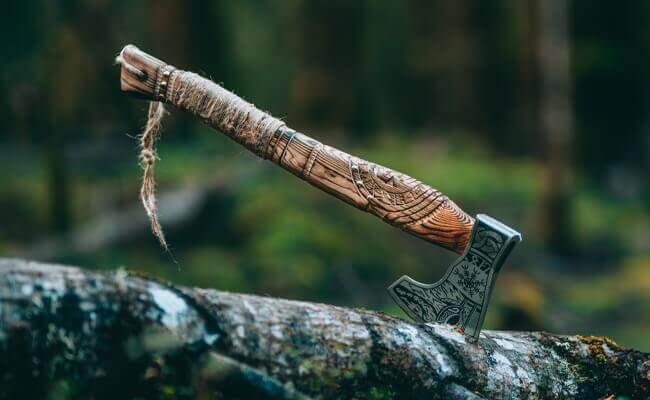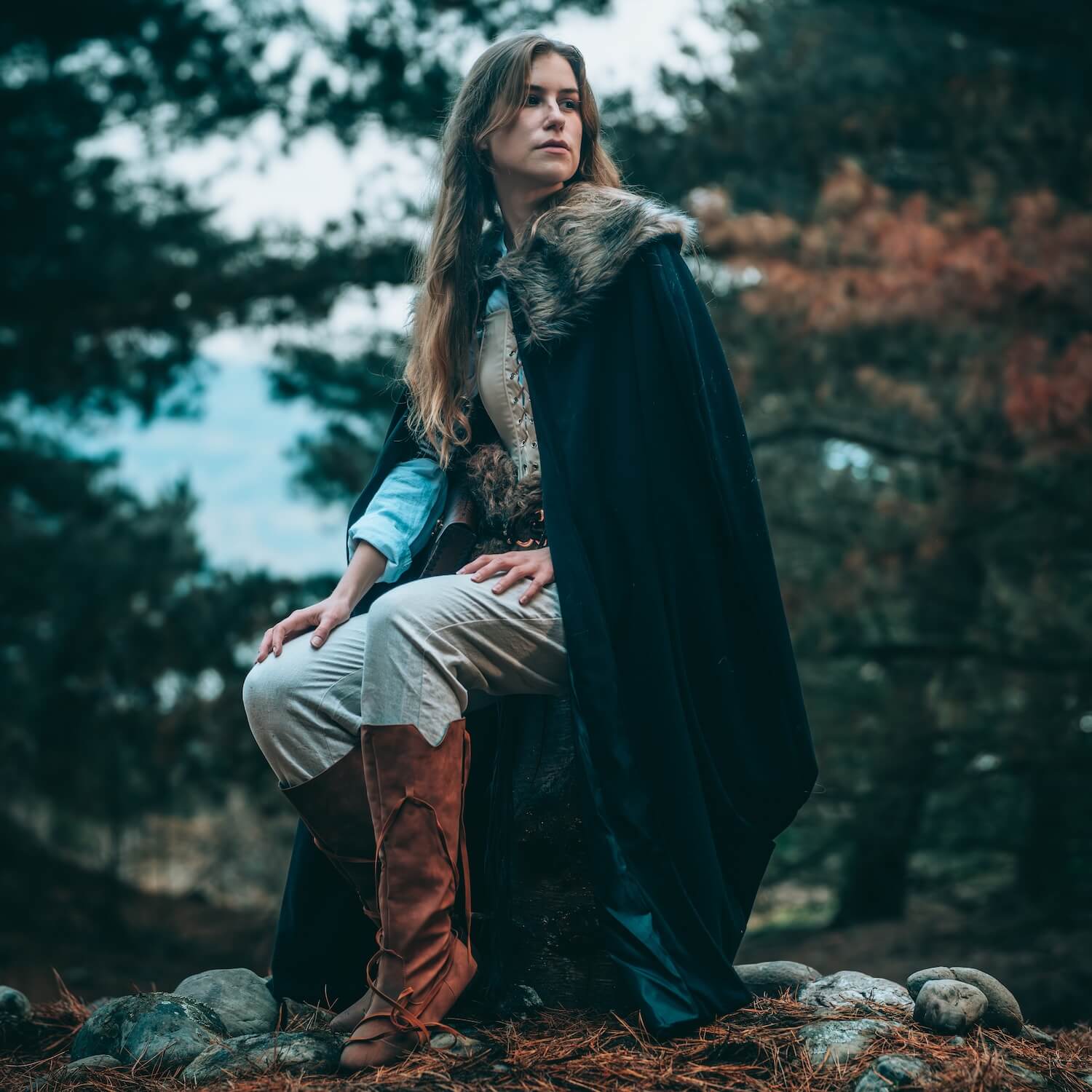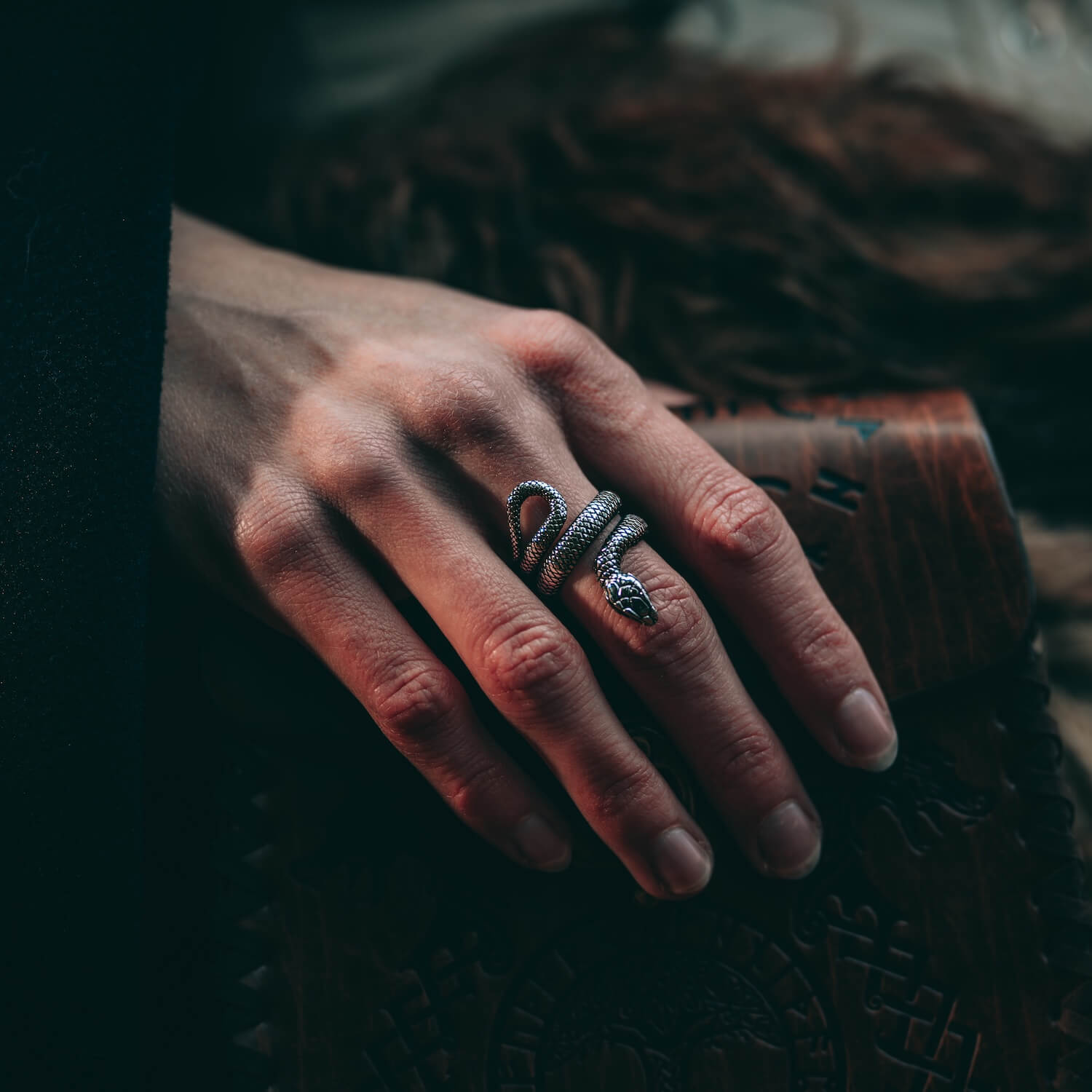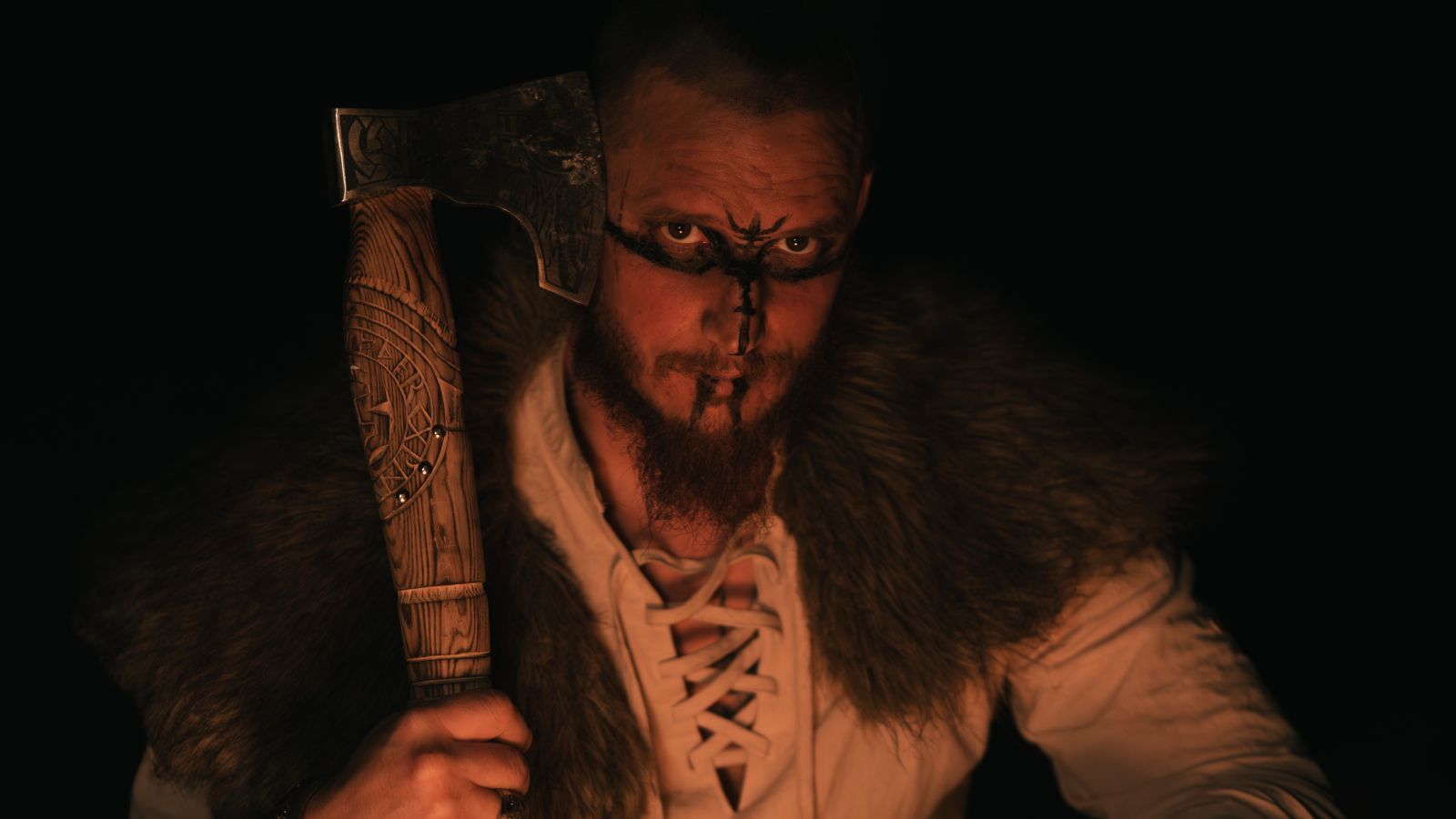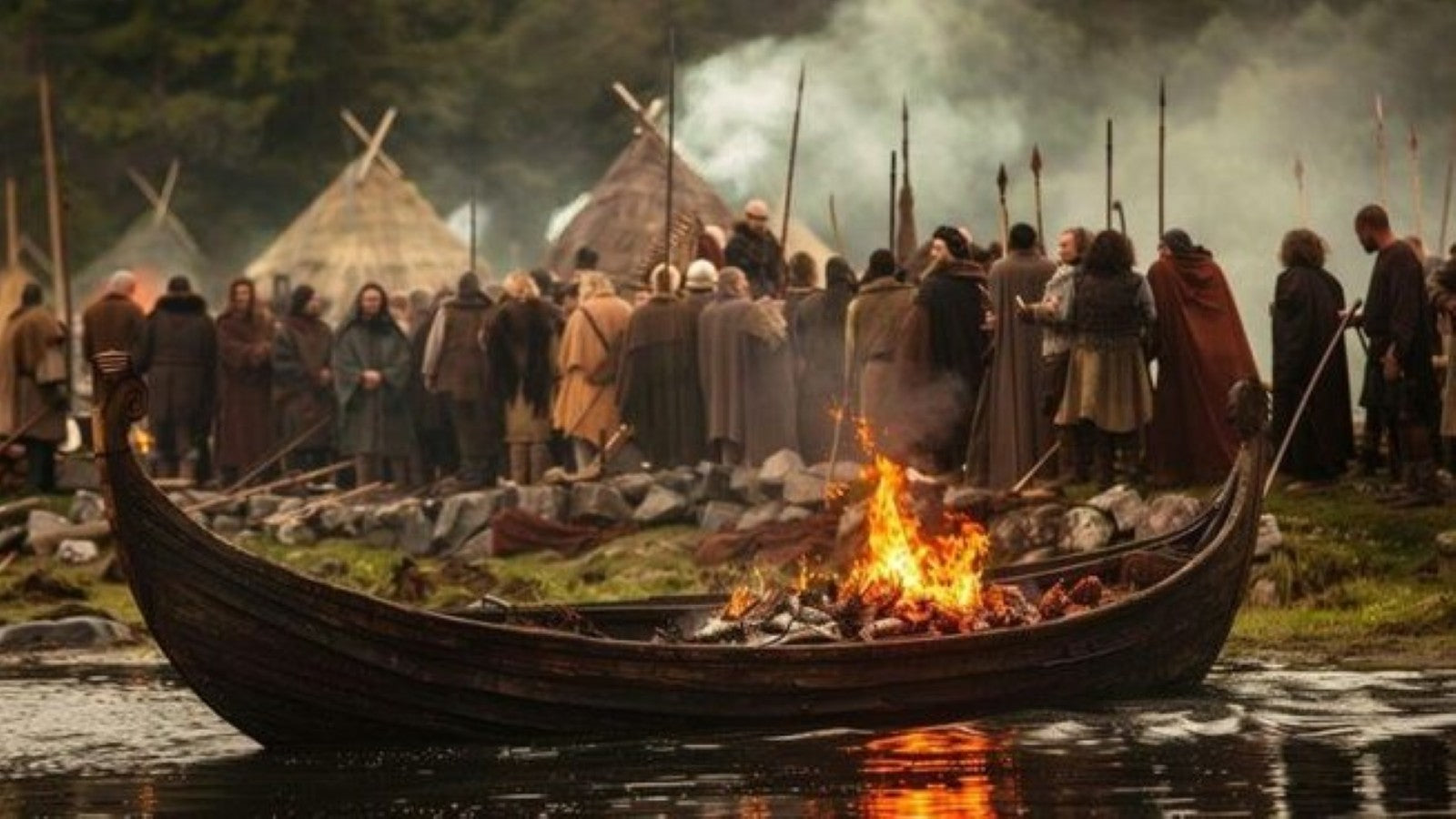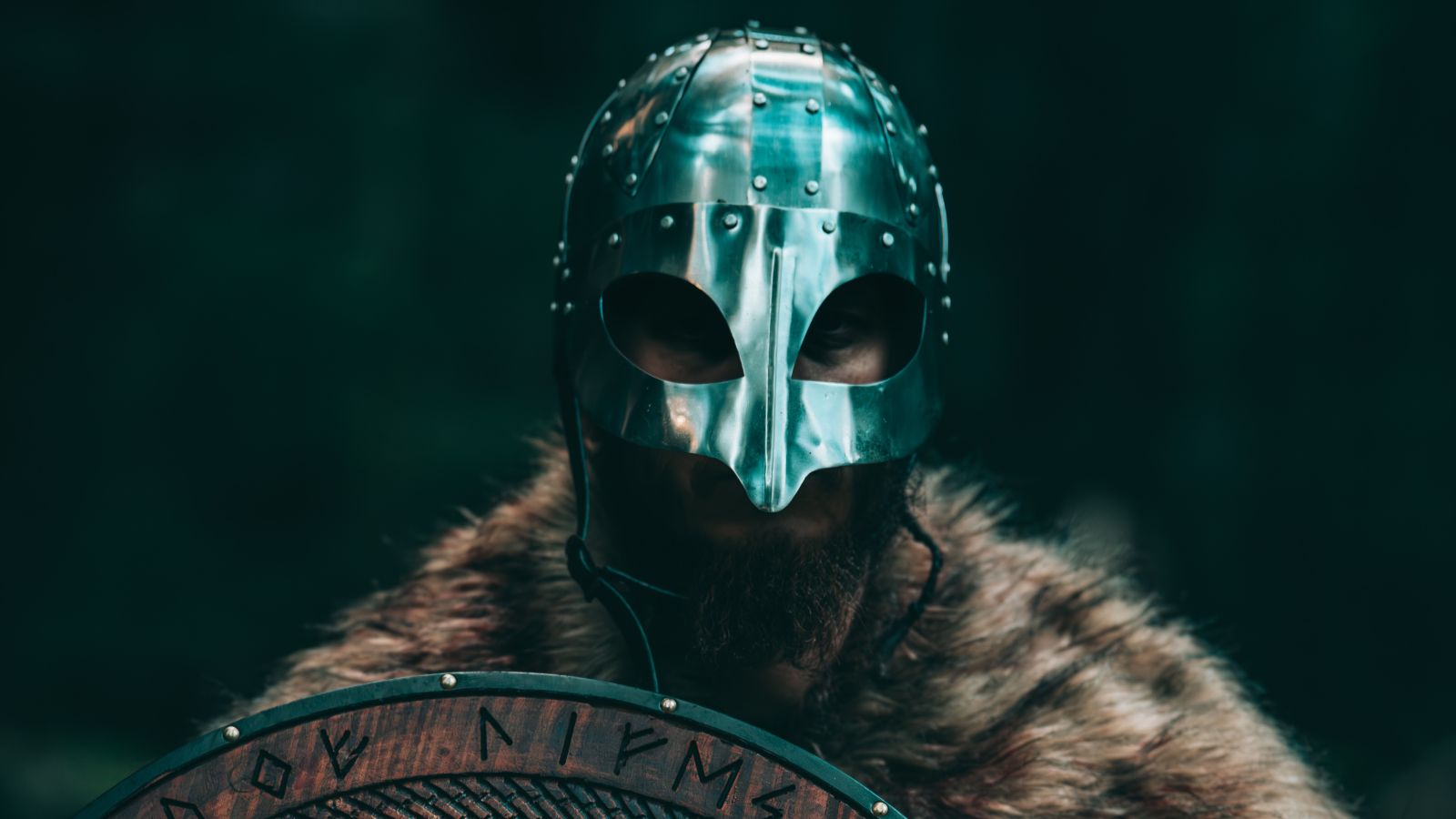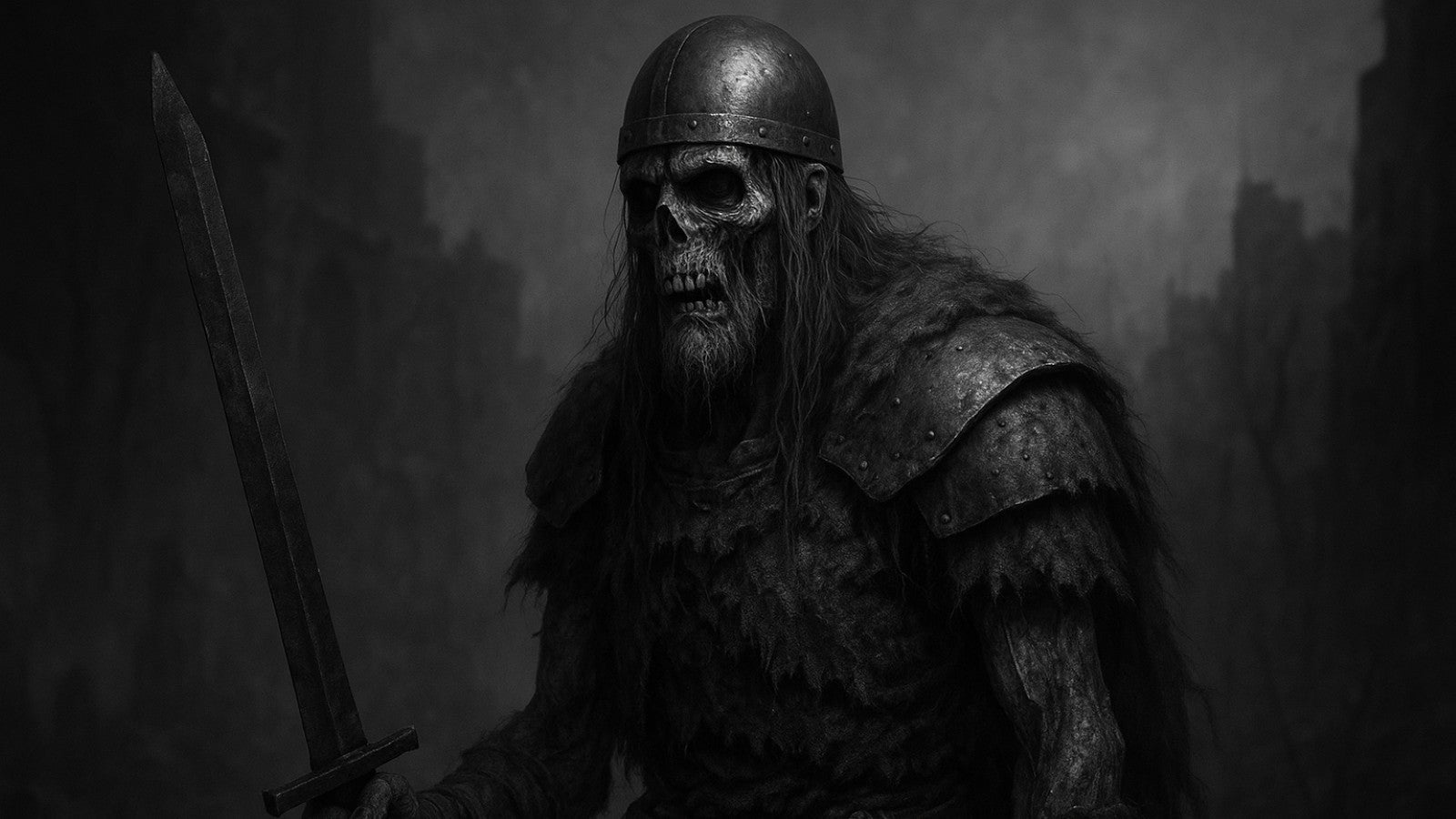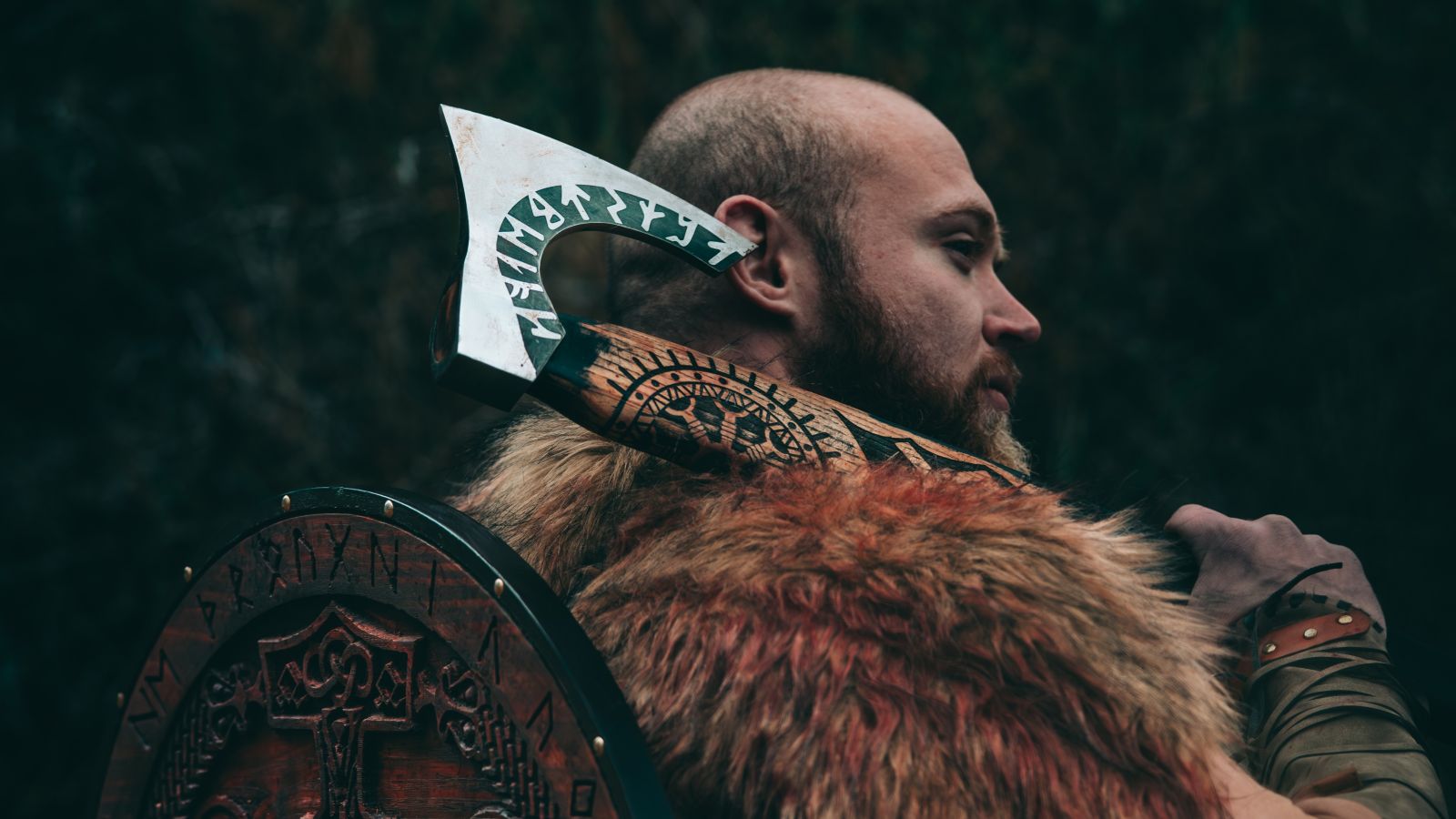
Wolves of Norse Mythology - The Mystical Tale of Hati and Sköll
In Norse belief, wolves are symbols of power, mystery, and untamed nature. Hati and Sköll, two magnificent wolves, are no exception. The story of Hati and Sköll filled with symbolism and deep philosophical undertones. Their never-ending chase reminds us of the cyclical nature of existence – that even in the darkest moments, there's always the promise of a new dawn.
Hati and Sköll: Guardians of the Celestial Spheres
These cosmic creatures play a pivotal role in the Ragnarök, the prophesized end of the world in Norse culture.
Hati, whose name means "He Who Hates," is tasked with chasing the moon, Mani, through the night sky. Sköll, meaning "Treachery," is equally relentless in his pursuit of the sun, Sol. Their relentless pursuit of the celestial bodies embodies the cyclical nature of day and night.
The Origin of Hati and Skoll
The story of Hati and Sköll begins with their parentage. According to Norse culture, these celestial wolves are the offspring of a giantess named Angrboða and the trickster god, Loki. This unusual family tree is just the tip of the iceberg when it comes to the intriguing nature of Norse folklore!
The Role of Hati and Sköll in Ragnarök
Ragnarök, often referred to as the "Doom of the Gods," is a time when the cosmos is plunged into chaos and the world as we know it faces its end. It's a cataclysmic event where the forces of darkness and chaos battle the gods, ultimately leading to a rebirth of the world.
Hati and Sköll are prophesized to play a crucial part in Ragnarök. During this climactic battle, they are said to catch up with Sol and Mani, finally devouring them. This eclipse-like event will plunge the world into darkness and set the stage for the epic battle between the forces of order and chaos.
It's a reminder of the impermanence of all things, and the inevitability of change. Ragnarök, although a symbol of destruction, also carries the promise of rebirth and renewal. Just as night follows day and day follows night, life goes on in its eternal cycle.
The tale of Hati and Sköll, the celestial wolves of Norse mythology, is a beautiful yet haunting reminder of the intricate storytelling of the Vikings. It illustrates the concepts of duality, cycles, and the ever-present balance between light and dark in our lives.

